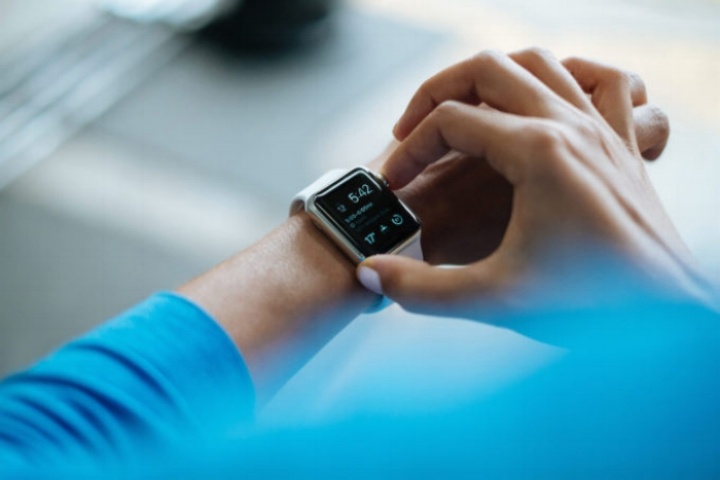Diabetes management can be complicated and often requires a multidisciplinary approach to help maintain optimal blood glucose control. Lifestyle modifications and regular blood glucose monitoring while proven to be helpful, can also be overwhelming. Recent technological advances, if incorporated correctly can help make diabetes care easier. Here are some examples of smart and innovative technology available and/or soon to be available:
1. Wearable Devices: Includes those equipped with sensors and wireless connectivity options that can help in a variety of ways such as collecting and relaying information to healthcare providers, monitor blood glucose levels, and administering medications. Some examples include:
Special shoes and socks (footwear) – Researchers are working on manufacturing special shoes and socks that are pre-installed with pressure and heat sensors that have the ability to detect areas of the foot with inadequate blood supply. This can help reduce development of foot ulcers and lower the risk of amputations. The University of Arizona Department of Surgery’s Southern Arizona Limb Salvage Alliance (SALSA) is currently working on developing a special kind of socks that is equipped with sensors; however, it may be a few years until this product is completely tested and available for commercial use.
Skin Patches – Can detect blood glucose levels in sweat or blood that can transmit information to one’s smartphone or other wireless device. Some of the patches can also help with adjustment of insulin dose based on blood glucose fluctuations. Some Smart watches are able to work in conjunction with certain Continuous Glucose monitoring (CGM) systems that can measure blood glucose levels under the skin and the data can be read through the watch on the wrist.
Contact Lens – Companies are working to create lens embedded with a small chip that can monitor blood glucose levels in tears. Pharmaceutical giant Novartis has been working with Google to introduce this product in market; however, they have been facing technical problems to develop one that can accurately monitor blood glucose in tears and help with vision correction.
2. Smart Apps: There is an abundance of Smart Apps available today with a variety of features such as monitoring food intake, carbohydrate intake, tracking physical activity, scanning the barcode of a food product and retrieving its nutritional information as well as offering suggestions for healthier options, healthy recipes, getting signed to create a community database where patients can share their stories etc. Some examples include apps such as Diabetik, Fooducate, Figwee and MyFitnessPal.
In addition, several blood glucose monitors can be connected to an app that can be downloaded on a device and track blood glucose numbers as well as any adjustments that need to be made with medications. Some companies such as Glooko have developed Apps that can sync data collected from patient’s glucometers and fitness watches to downloadable software that can enable physicians with real-time tracking of patient data.
3. Tele Health: There is proven research that Tele Health can help motivate and improve outcomes by addressing barriers that patients may face toward managing their diabetes. It also offers the convenience factor, where patients can have several questions answered through a simple phone call/email/text message.
4. Implanted Technology: One of the implants currently being developed is the Bio-Artificial Pancreas, which has a small capsule that works like the pancreas. The capsule is loaded with stem cells that produce insulin. In works are also implants that can help with automated delivery of drugs and insulin based on blood glucose levels.
Smart Technology can be helpful in lowering the daily burdens in disease management and empower patients with tools to be more responsible and motivated to care for their condition. While affordability and user error could be some potential shortcomings; overall, if used correctly can be a valuable asset in preventing or lowering the risks of diabetes.
VIDYA SHARMA, MA, RD, LD, CDE
CERTIFIED DIABETES EDUCATOR AT Cecelia Health
References:
Welch Garry, Balder Andrew, and Zagarins Sofija. Telemedicine and e-Health. May 2015, 21(5): 395-403. Orozco-Beltran D, Sánchez-Molla M, Sanchez JJ, Mira JJ, ValCrònic Research Group Telemedicine in Primary Care for Patients With Chronic Conditions: The ValCrònic Quasi-Experimental Study. J Med Internet Res 2017; 19 (12): e400
